Museum scientists working in one of the remotest regions of our planet have helped reveal a completely new group of deep-sea sponges.
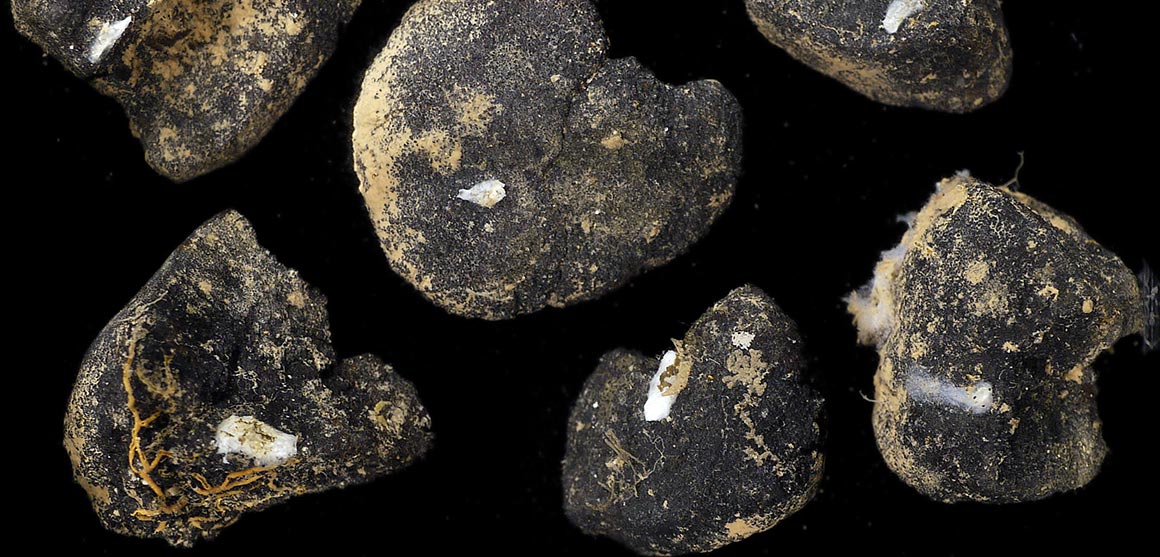
The sponges live on the ocean floor on metal-rich nodules. The region where they live is targeted by deep-sea mining companies interested in mineral extraction.
Scientists believe they are likely the most abundant animal living on the nodules and could be a key indicator species for measuring future mining impact.
Dr Adrian Glover, principal investigator of the deep-sea research group at the Museum, said, 'We were simply astonished to discover that the animal was not only a new species but from a new group as well, despite the region being subject to many surveys in the past.
'It is clear that our knowledge of the biodiversity in this region is still very limited.'
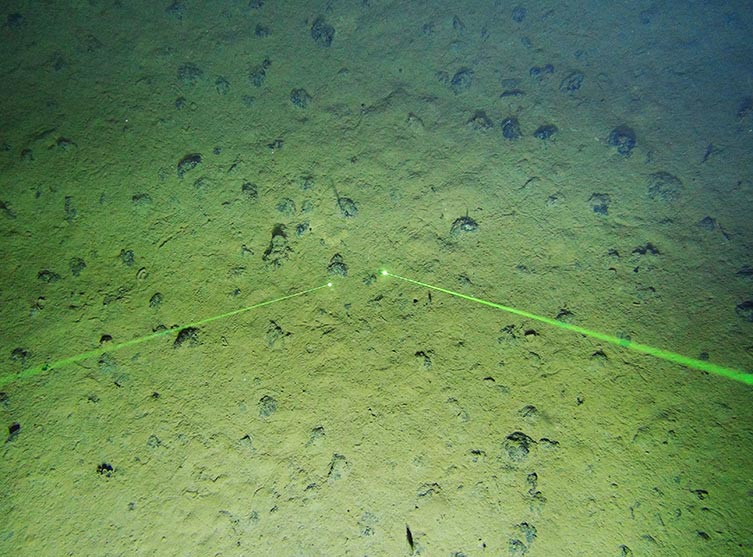
The seafloor at 4,000m deep in the central Pacific Ocean, where the new species was discovered. Credit: Craig R Smith, University of Hawaii
Riches in the deep
The discovery, described in the journal Systematics and Biodiversity, was made in the 5-million square kilometre region in the central Pacific Ocean known as the Clarion-Clipperton Zone.
This area is incredibly rich in useful metals in the form of polymetallic nodules - potato-sized accretions of mineral that sit on the seafloor at depths of 4,000-5,000 metres.
Over a dozen organisations have contracts to explore the region, although no one yet has permission to mine the area.
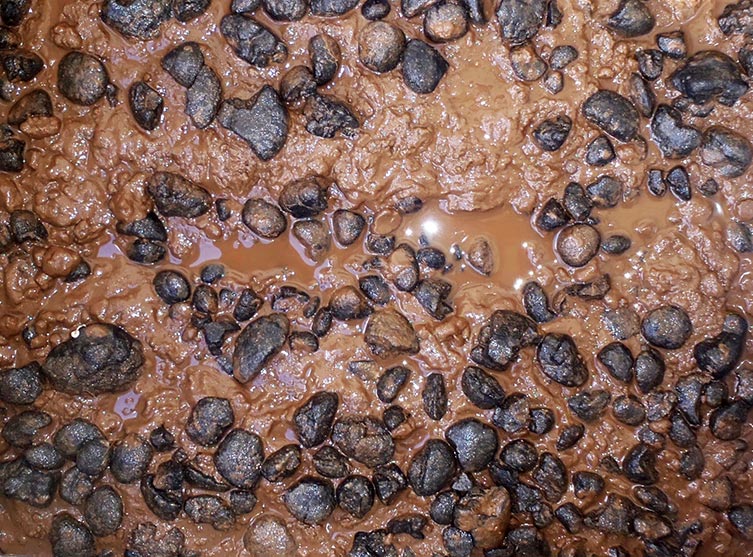
The surface of a core sample from the seafloor, which appears devoid of life on first inspection but is rich in biodiversity. Credit: Adrian Glover
A new group of sponges
The new sponges, although small, are remarkably abundant on the food-poor seafloor at a depth of 4,000 metres. The animals were found living attached to the nodules, on two expeditions to the region in 2013 and 2015.
Sponge expert and lead author Swee-Cheng Lim, from the Tropical Marine Science Institute at the National University of Singapore, participated in the second expedition and commented, 'The unique morphology of the star-shaped spicules convinced me that these were a completely new group of sponges never seen before.'
The Museum's Dr Helena Wiklund confirmed this with a detailed DNA-based study that placed them as a new genus of sponge.
The discoverers have given the name Plenaster craigi to the new species to honour Prof Craig R Smith, leader of the two survey expeditions.

The sponge on a polymetallic nodule just recovered from the central Pacific. Plenaster craigi have been named after their abundant stars inside their bodies, Plenaster, and the leader of the two successful survey expeditions, Prof Craig Smith of the University of Hawaii.
Mining impact indicator
The species is relatively easy to identify and count - and now that it has been identified and described, it could be a useful indicator species to measure future mining impacts.
'The fact that this is a small, filter-feeding animal sitting on these nodules just a few centimetres above the sediment makes it a clear target for impact from a deep-sea plume, which would be created by any mining activity,' said Dr Glover.
The scientists are now undertaking more detailed genetic and population studies of the animal to better understand its potential response to deep-sea mining.
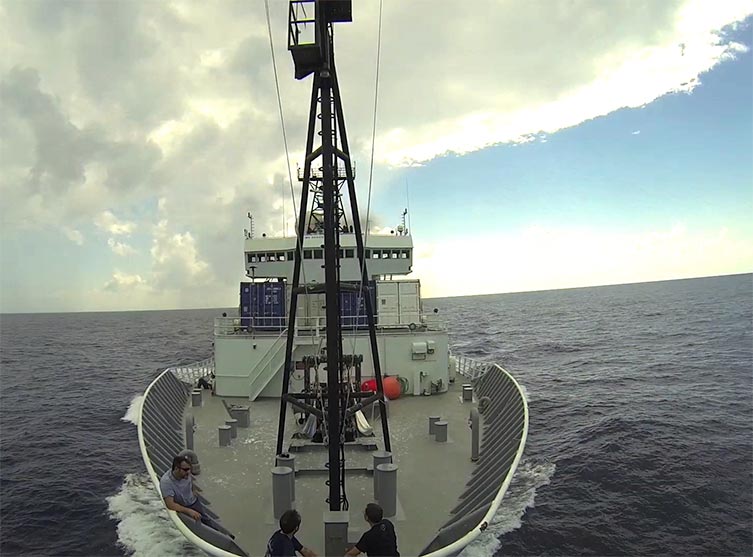
Aboard the research vessel Thomas G Thompson in the Clarion-Clipperton Zone, where Plenaster craigi was discovered. Credit: Thomas Dahlgren, Adrian Glover
Assessing environmental impacts
The Museum is leading a major effort to survey the taxonomy and biodiversity of the Clarion-Clipperton Zone.
On 18 October 2017, the Museum will host the final meeting of the JPI Oceans international project called MiningImpact. The programme aims to analyse the long-term ecological consequences of deep-sea polymetallic nodule mining.
Find out about further details of this event.
Related information
- Read the scientific paper at Systematics and Biodiversity
- Visit the Museum's Deep-Sea Research Group
- Watch a YouTube video on sampling the Pacific Ocean abyss
- The NUS Tropical Marine Science Institute
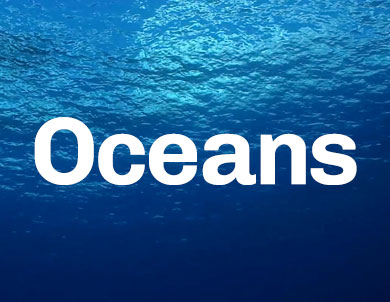
Explore life underwater
Dive deeper into the work of the Museum's marine scientists.

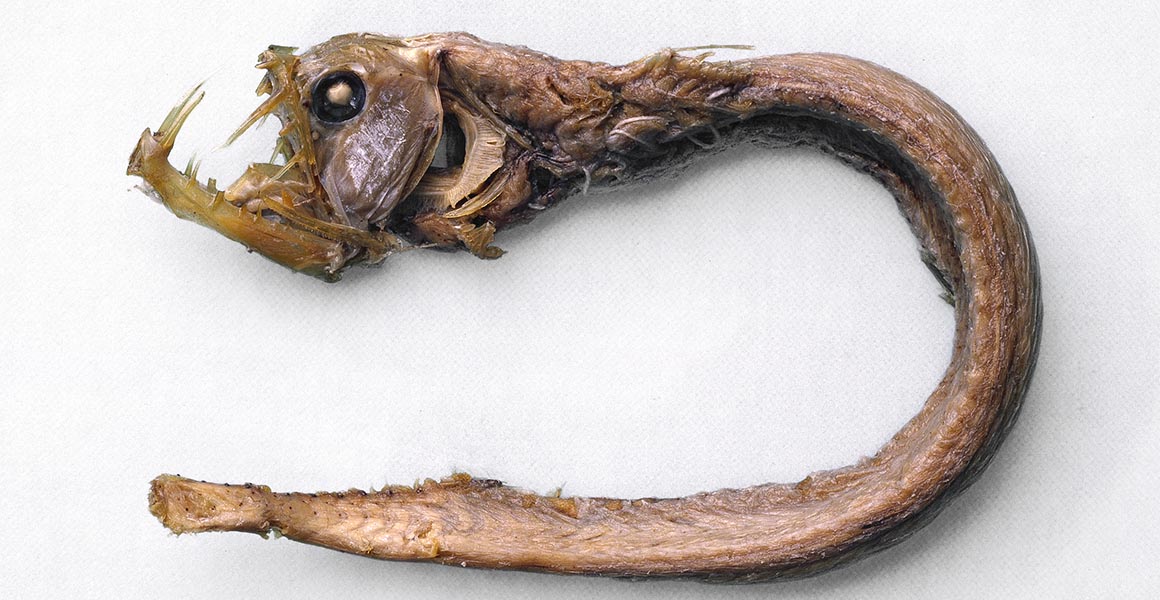
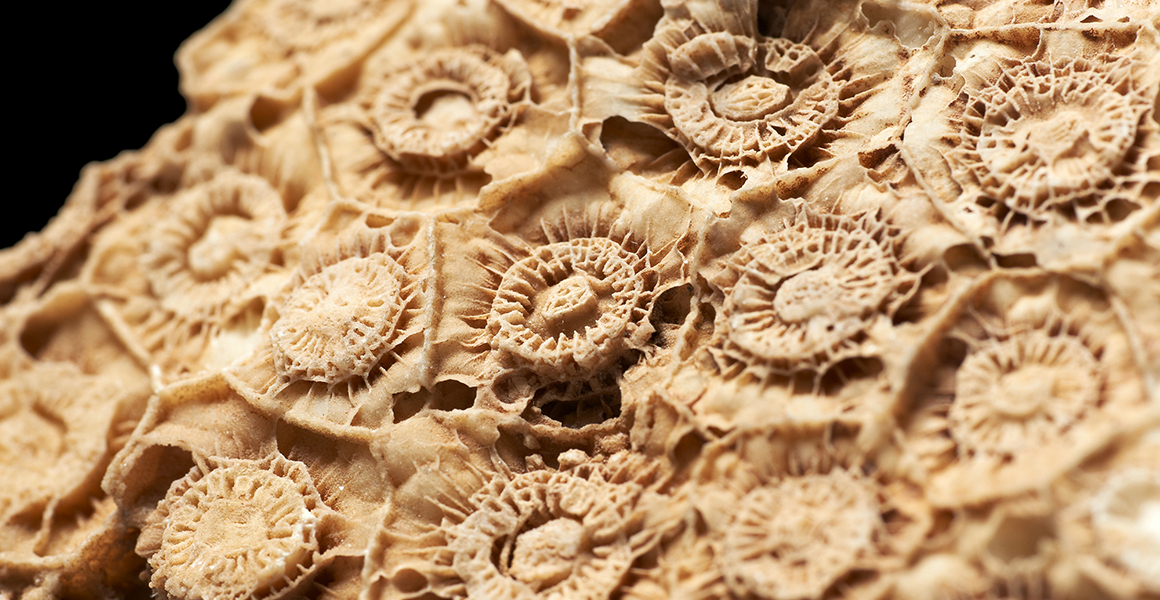

Don't miss a thing
Receive email updates about our news, science, exhibitions, events, products, services and fundraising activities. We may occasionally include third-party content from our corporate partners and other museums. We will not share your personal details with these third parties. You must be over the age of 13. Privacy notice.
Follow us on social media